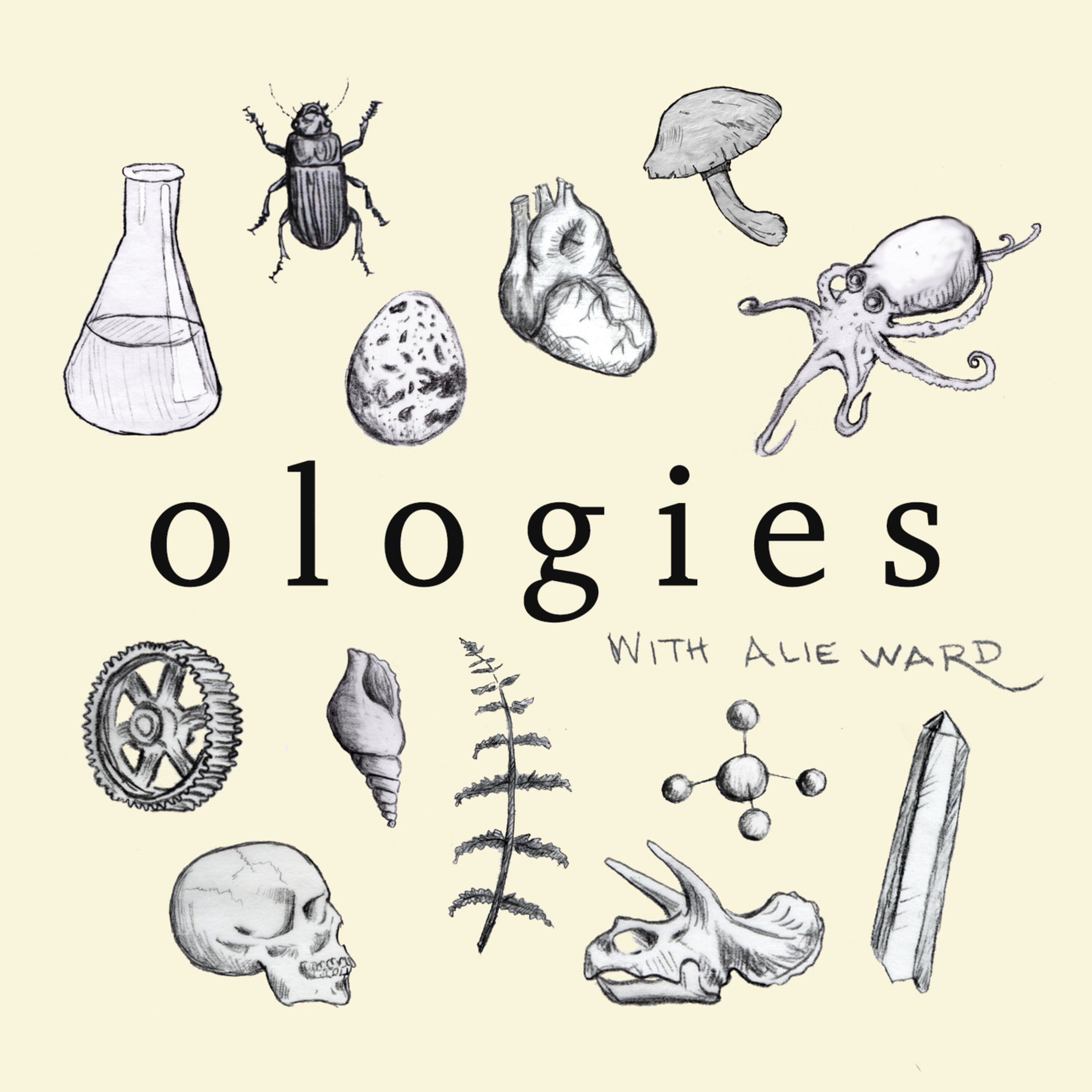
Macrophycology (SEAWEED) with Patrick Martone, Charles Yarish, Danielle McHaskell, Angela Jones, and Becky Swerida

Ologies with Alie Ward
Deep Dive
- Seaweed is a macroscopic alga, not a plant or a weed.
- Seaweeds lack xylem and phloem.
- Similarities to plants are due to convergent evolution.
Shownotes Transcript
Moonlit seaweeds. Dreamy underwater forests. Mounds of beach debris. Not plants. Let’s talk about where seaweed grows and whether or not it will save us all. Macrophycology means “big-ass algae” so let’s join five dazzling seaweed enthusiasts: guest-in-chief Dr. Patrick Martone of the University of British Columbia, UConn Professor Emeritus and “grandfather of seaweed farming” Dr. Charlie Yarish, seagrass scientist Becky Swerida, and marine science PhD students Danielle McCaskill and Angela Jones. We’ll chat about what’s hidden in its cells, the best ones to eat, how fast it grows, how deep it gets, cold vs. tropical seaweeds, what to do if your vacation pictures feature mounds of sargassum, and whether or not kelp can kill a chicken.
In next week’s episode, you’ll hear all about the aquaculture of cultivating and eating things from the seaweed to shellfish to shrimp farmed in a basement doughboy. Not really a two parter but two episodes that are friends and hang out in the same circles.
Visit the Martone Lab) and follow Dr. Martone on Google Scholar)
Get the Seaweed Sorter) app developed by Dr. Martone
Follow Dr. Charles Yarish on Google Scholar)
Follow Danielle McHaskell on Instagram)
Visit Angela Jones’ website)
Follow Becky Swerida on Instagram)
Donations went to Raincoast Education Society), GreenWave), and Black in Marine Science)
More episode sources and links)
Smologies (short, classroom-safe) episodes)
Other episodes you may enjoy: Oceanology (OCEANS)), Island Ecology (ISLANDS)), Cnidariology (CORAL)), Tardigradology (TINY SEMI-INDESTRUCTIBLE WATER BEAR MOSS PIGLET CREATURES CALLED TARDIGRADES)), Bryology (MOSS)), Echinology (SEA URCHINS & SAND DOLLARS)), Lutrinology (OTTERS)), Ethnoecology (ETHNOBOTANY/NATIVE PLANTS)), Dendrology (TREES)), Forensic Ecology (NATURE DETECTIVE))
Transcripts and bleeped episodes)
Become a patron of Ologies) for as little as a buck a month
OlogiesMerch.com) has hats, shirts, hoodies, totes!
Follow Ologies on Instagram) and Bluesky)
Follow Alie Ward on Instagram) and TikTok)
Editing by Mercedes Maitland of Maitland Audio Productions) and Jake Chaffee)
Managing Director: Susan Hale
Scheduling Producer: Noel Dilworth
Transcripts by Aveline Malek
Website by Kelly R. Dwyer)
Theme song by Nick Thorburn